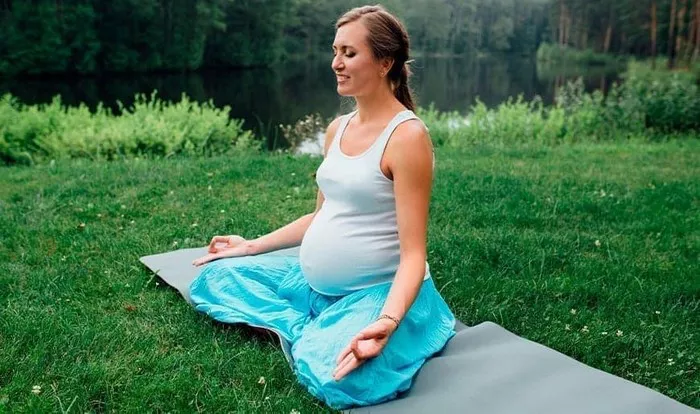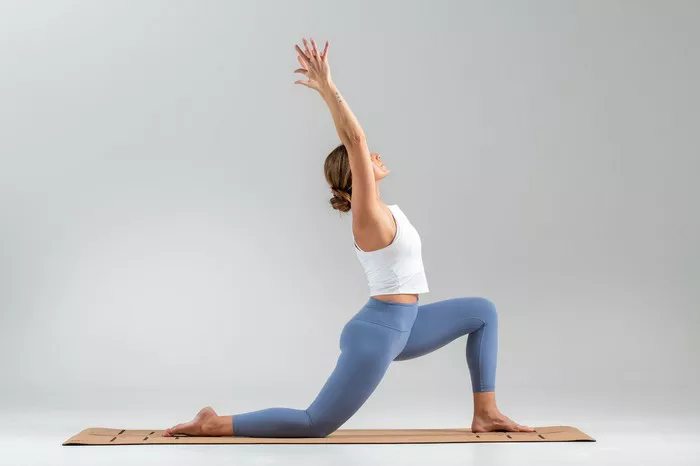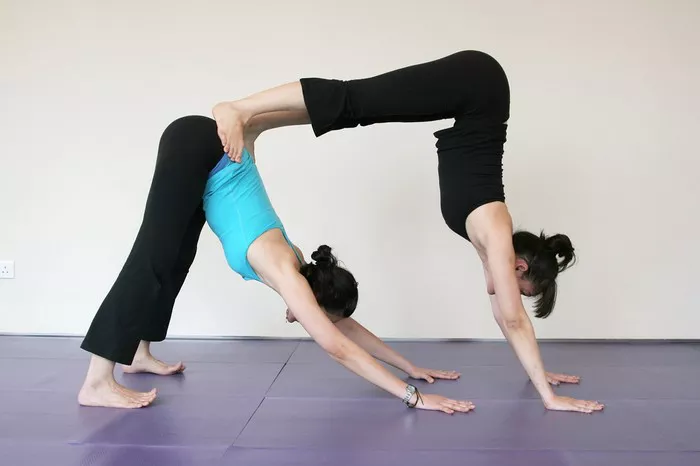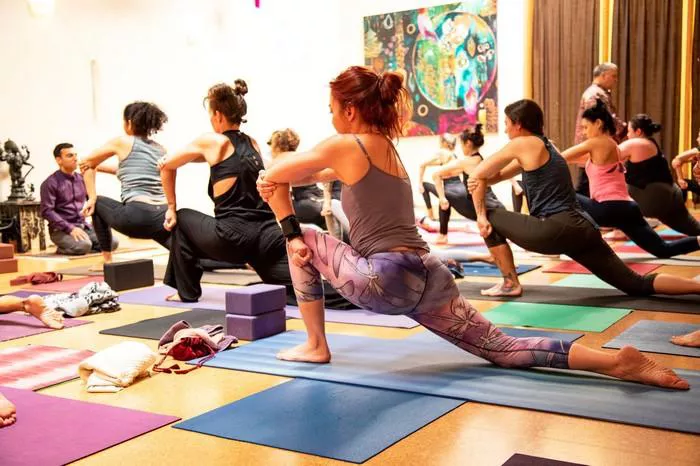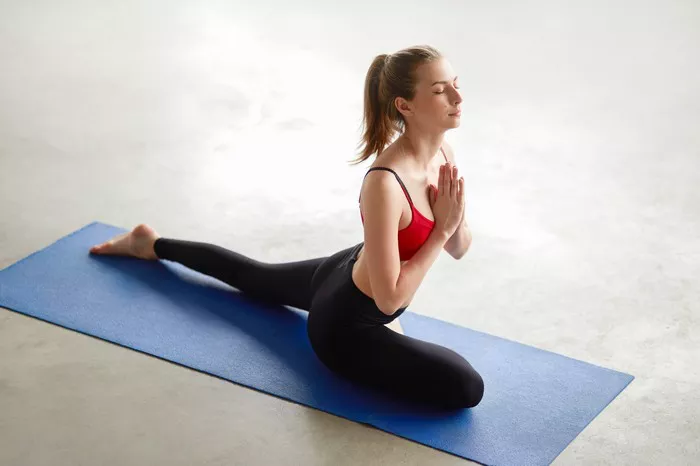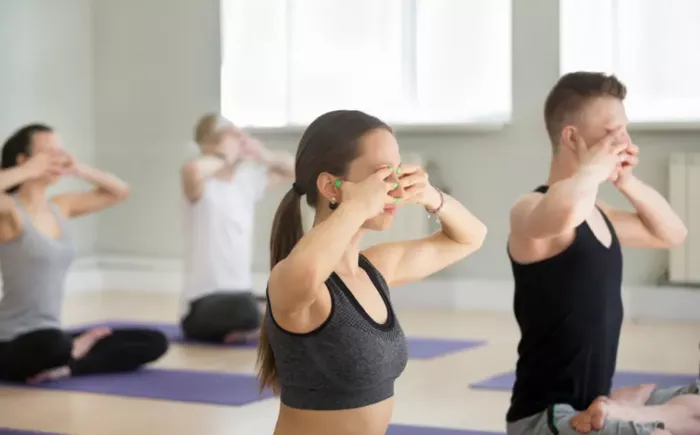Osteoporosis is a condition characterized by weakened bones that are more susceptible to fractures. As a result, individuals with osteoporosis must take precautions to prevent bone injuries. Exercise is an essential part of managing and improving bone health, but there are concerns about which types of exercise are safe for people with osteoporosis. Yoga, a popular form of physical activity that combines flexibility, strength, balance, and mindfulness, is often questioned in this context. Is yoga safe for those with osteoporosis? Can it help or harm the bones? In this article, we will explore whether yoga is a suitable exercise option for individuals with osteoporosis, addressing both the potential benefits and risks.
What is Osteoporosis?
Before we delve into how yoga affects osteoporosis, it’s important to understand the condition. Osteoporosis is a progressive bone disease that occurs when bones lose density and become porous, making them fragile. The condition often develops without any symptoms until a fracture occurs.
The bones most commonly affected are the spine, hips, and wrists. While osteoporosis can affect both men and women, it is most common in postmenopausal women due to the drop in estrogen levels, which are crucial for bone health. Risk factors include aging, family history, low body weight, lack of physical activity, smoking, and insufficient calcium and vitamin D intake.
Yoga and Bone Health
Yoga, with its emphasis on weight-bearing postures, breathing, and stretching, has long been regarded as a holistic form of exercise. Many practitioners of yoga believe it can enhance overall physical health, flexibility, and strength. But what about its effects on bone health? The answer depends on the type of yoga practiced and the individual’s specific bone health needs.
How Yoga Affects Bone Density
Bone density is largely determined by mechanical load—essentially, the force exerted on bones during physical activities. Weight-bearing exercises (those that work against gravity) like walking, running, and resistance training are crucial in promoting bone health because they stimulate bone growth by enhancing bone mineral density (BMD). Certain yoga poses are also weight-bearing and can help maintain or even increase bone density in some areas of the body.
However, not all yoga poses are created equal. Some poses may place undue stress on bones weakened by osteoporosis, particularly if the individual is performing them incorrectly or without proper alignment. On the other hand, some poses, when modified and practiced safely, can provide gentle yet effective stimulation for bone strength, balance, and mobility.
Can Yoga Benefit Those with Osteoporosis?
For individuals with osteoporosis, the right kind of yoga can indeed offer several benefits:
1. Improving Bone Density
Certain weight-bearing yoga poses, such as standing poses, inversions, and balancing poses, can help stimulate bone growth and improve bone density. By applying gentle pressure to bones through postures like Warrior I, Warrior II, Tree Pose, or Downward-Facing Dog, the body is encouraged to maintain or increase bone strength.
In fact, a study published in the Journal of Osteoporosis and Physical Activity found that weight-bearing exercise such as yoga may help increase spinal bone mineral density in people with osteoporosis. Other studies also suggest that weight-bearing activities can reduce the risk of fractures by promoting bone strength, especially in the spine and hips.
2. Improving Balance and Coordination
Yoga’s emphasis on balance is another key benefit for individuals with osteoporosis. As osteoporosis increases the risk of fractures, especially from falls, improving balance can reduce the risk of these accidents. Standing balance poses like Tree Pose, Warrior III, and Chair Pose help strengthen the muscles around the joints, improving coordination and balance.
Practicing yoga regularly also helps increase body awareness, allowing individuals to become more mindful of their movements, posture, and alignment—important for avoiding falls.
3. Enhancing Flexibility
Flexibility is crucial for maintaining joint health and overall mobility. Yoga helps increase flexibility by stretching and lengthening the muscles, which can reduce stiffness in the joints. For individuals with osteoporosis, maintaining flexibility can prevent postural problems such as kyphosis (a forward curvature of the spine), which is common in those with osteoporosis.
By gently stretching the spine, shoulders, and hips, yoga can promote better posture and help prevent spinal deformities, which may occur due to compression fractures in the vertebrae.
4. Stress Reduction and Mental Health Benefits
Yoga is well-known for its ability to reduce stress through breathing techniques (pranayama), meditation, and mindfulness. Chronic stress can exacerbate osteoporosis by increasing levels of cortisol (the stress hormone), which can lead to further bone loss. Yoga’s ability to reduce stress, promote relaxation, and enhance mental well-being can indirectly help in managing osteoporosis by fostering a positive mindset and overall health.
Are There Risks to Practicing Yoga with Osteoporosis?
While yoga can be beneficial for individuals with osteoporosis, it’s crucial to approach the practice with care, as certain poses may exacerbate the condition or lead to injury if not performed correctly. Below are some potential risks associated with practicing yoga for osteoporosis:
1. Risk of Fractures
For individuals with severe osteoporosis, certain yoga poses that involve twisting, bending, or compressing the spine may increase the risk of fractures. Poses that require excessive forward bending (like deep forward folds) or backbends (like Cobra or Upward-Facing Dog) can put pressure on the vertebrae, potentially leading to fractures, especially in the spine.
As the spine becomes more fragile, even seemingly gentle movements or incorrect alignment can cause damage to the bones. Therefore, caution is necessary in poses that involve spinal flexion or extension, as well as poses that involve weight-bearing on the wrists or shoulders.
2. Risk of Overstretching
Overstretching is another risk, especially if someone with osteoporosis is trying to achieve flexibility too quickly. Since osteoporosis weakens bones, stretching too intensely or beyond the body’s range of motion can lead to muscle strains or joint injuries. Individuals with osteoporosis should be cautious and avoid overstretching, using props or modifications to assist with the stretch.
3. Inversions and Unsupported Poses
Certain inverted poses, such as Headstand or Shoulderstand, are often avoided by individuals with osteoporosis, especially those with significant spinal weakening. These poses can place unnecessary pressure on the spine and neck, potentially causing damage. Instead, gentle alternatives like Downward-Facing Dog or a supported forward fold can be beneficial for spinal alignment and health.
4. Lack of Proper Guidance
For people with osteoporosis, it is essential to practice yoga under the guidance of a qualified instructor. An experienced teacher can help ensure that the student is performing poses correctly, using proper alignment, and avoiding poses that could put excessive stress on fragile bones. Without proper guidance, the risk of injury increases.
See Also: Does Yoga Change Your Body?
How to Safely Practice Yoga with Osteoporosis
If you have osteoporosis, it’s crucial to practice yoga in a way that minimizes risk while maximizing benefits. Here are some tips for practicing yoga safely with osteoporosis:
1. Focus on Alignment
Proper alignment is critical for preventing injuries. Work with a qualified instructor to ensure that your body is positioned correctly in each pose. Avoid deep bending or twisting motions that could put undue pressure on your bones. Props such as blocks, straps, and blankets can help modify poses and make them safer.
2. Avoid High-Risk Poses
Certain poses are best avoided if you have osteoporosis. These include:
- Deep forward bends or flexion poses
- Deep backbends
- Inversions (such as Headstand or Shoulderstand)
- Twisting poses that involve excessive rotation of the spine
Instead, opt for gentler poses that focus on strengthening and stabilizing the body, such as standing poses, balance poses, and gentle stretches.
3. Start Slowly
If you’re new to yoga or have osteoporosis, start with beginner classes and gradually increase the intensity of your practice. Focus on building strength, flexibility, and balance before progressing to more advanced poses. Listen to your body and don’t push beyond your limits.
4. Incorporate Weight-Bearing Poses
Focus on weight-bearing poses that help improve bone density. Standing poses like Warrior I and Warrior II, as well as balancing poses like Tree Pose and Chair Pose, can provide excellent stimulation for bone health. These poses also help strengthen muscles, which in turn provide additional support for your bones.
5. Include Gentle Spinal Movements
To maintain spinal health, incorporate gentle movements that promote flexibility without excessive strain. Movements like cat-cow stretches, seated twists, and child’s pose are gentle options that allow for spinal mobility while avoiding deep flexion or extension.
6. Work with Your Doctor
Before beginning any new exercise program, consult with your doctor, especially if you have osteoporosis. Your healthcare provider can help you determine whether yoga is appropriate for your specific condition and provide recommendations for modifications or precautions you should take.
Conclusion
So, is yoga bad for osteoporosis? The answer is no, as long as it is practiced mindfully, with proper modifications and under the guidance of a skilled instructor. Yoga can offer numerous benefits for people with osteoporosis, including improved bone density, better balance, increased flexibility, and enhanced mental well-being. However, to ensure safety, it’s important to avoid high-risk poses and listen to your body.
By taking a cautious and thoughtful approach to yoga, those with osteoporosis can enjoy the many physical and mental health benefits that this ancient practice has to offer.
You Might Be Interested In




